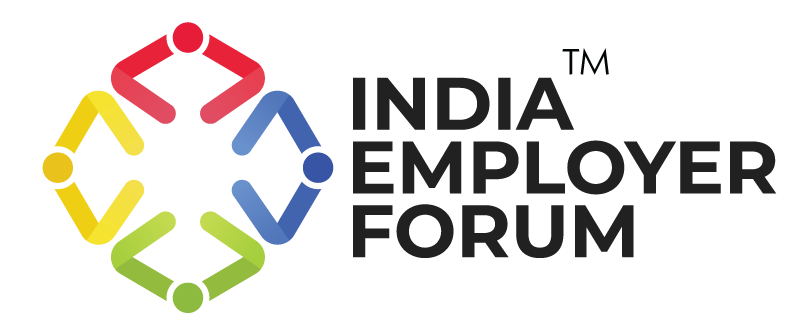In the corporate world, diversity and inclusion have become a hot topic in the last few years. With organizations embracing people regardless of class, creed, and gender, an individual’s social status continues to trigger judgments before hirings and promotions, thus birthing the class ceiling at work. Needless to say, higher positions are inadvertently passed on to employees from a higher social status even though an individual from a working class can perform the task prolifically.
Class discrimination has been a longstanding issue not only at work but also in Indian societies. Early on during the academic years, people start discovering and forming their perceptions about social classes. They begin to discriminate based on how they talk, what they wear, or where their parents work. Naturally, these perspectives are carried forward in organizations that do not oppose the class ceiling at work. In addition, the recruiters and leaders leverage young minds by giving preferences to those from prestigious colleges or high socio-economic backgrounds rather than recruiting based on talent. Likewise, during promotions, leaders end up endorsing individuals from higher stratum for managerial positions, thus losing out on talents that could benefit the organization and the economy.
Individuals from higher socio-economic backgrounds hold the advantage to explore internship programs and have celebrated universities endorsing their names, which the working classes do not have the privilege of. They swim through interviews and have the leverage to be noticed with their backgrounds rather than their talents. When it comes to managing, they lack understanding about employees who have transited through classes, leading to them failing as managers or becoming arrogant bosses.
Unquestionably, organizations that endorse the class ceiling at work are losing out on talents that can shape the future of their company. Which is why it is indispensable for organizations to discourage class ceiling at work at every level, starting from the hiring process. With recruiters leaving out the judgments and giving more importance to talent, the employee will be a lucrative hire for the company and the workforce.
A study by Forbes states that managers from humble backgrounds are comparatively more skilled at getting the work done. They have an increased level of understanding and emerge to be better leaders than others. However, on the contrary, an organization that does not discourage class ceiling at work can impact these individuals and results in isolation. Hence, identifying the class ceiling at work as the death of talent today is not entirely wrong. It’s about time HR and leaders start being more inclusive about people from different classes when it comes to managerial positions.
HR should aim at diversifying the workforce top-down through the hierarchy to overhaul the class ceiling at work. They should include socio-economic agendas in their diversity and inclusion programs to break the class ceiling and birth agile and skilled leaders. Equal opportunities should be given to employees, and promotions should be based on evaluations rather than social classes. Only when organizations will look beyond the class barrier will they be able to call their workforce diversified and robust.
References:
- Is Social Class Discrimination a Serious Problem in the Workplace? | Insights For Professionals | Kate Palmer | March 2, 2018
- Social Class And Rankism At Work | Executive Diversity Services | Farzana Nayani & Donna Stringer
- Overcoming The Class Ceiling At Work | Forbes | Adi Gaskell | July 9, 2021






